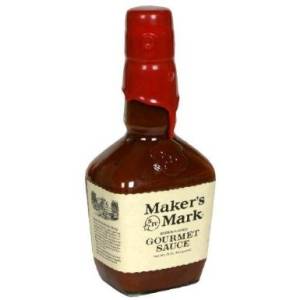Learning how to make bourbon is primarily an academic pursuit, as it’s near impossible to make a decent tasting bourbon at home. Many people want to learn about the process behind the making of bourbon, and this article will explain how the delicious final product is created.
Bourbon is created from at least 51% corn, although it is usually a higher percentage than this. This is different to many other whiskeys, which are based off of other base grains and percentages.
The aim of making bourbon is to chemically free up the sugar and starch from the included grains. Once released, the yeast converts them to alcohol through fermentation. This process is referred to as ‘mashing’ and the combined grains are the ‘mash’. The grains are all crushed into flour and then added to hot water to flush out the sugars.
Stillage is created in each stage of the bourbon creating process. This is essentially the used grain. Bourbon is unique in using a part of this stillage, and it has a sour taste. It is added back in to the mash to create ‘sour mash’.
The fermentation process creates what is essentially a thick, murky beer. This beer is passed through a continuous still. The still pushes the beer through pipes and in to a high pressure, high temperature steam, where it turns in to a vapor. It then condenses back in to a liquid, which comes out of the still clear – and not yet bourbon.
How To Make Bourbon: The Maturation Process
Bourbon must be placed in a new oak barrel for maturation. Each barrel is charred and toasted, which is yet another part of the process which allows for whiskey makers to individualize their whiskeys. Bourbon reaches maturity faster than most whiskeys, owing to the part of the world it is produced in. Kentucky and Tennessee have hot summers and cold winters, and the temperature changes force the chemical processes behind maturation to happen faster. The humidity also means that more water evaporates during maturation than with whiskeys from cold areas such as Ireland and Scotland. This means that the alcoholic concentration of the spirit gets higher during maturation, whereas Scotch and Irish whiskeys get less concentrated.
Bourbon must be aged for two years under United States law.
